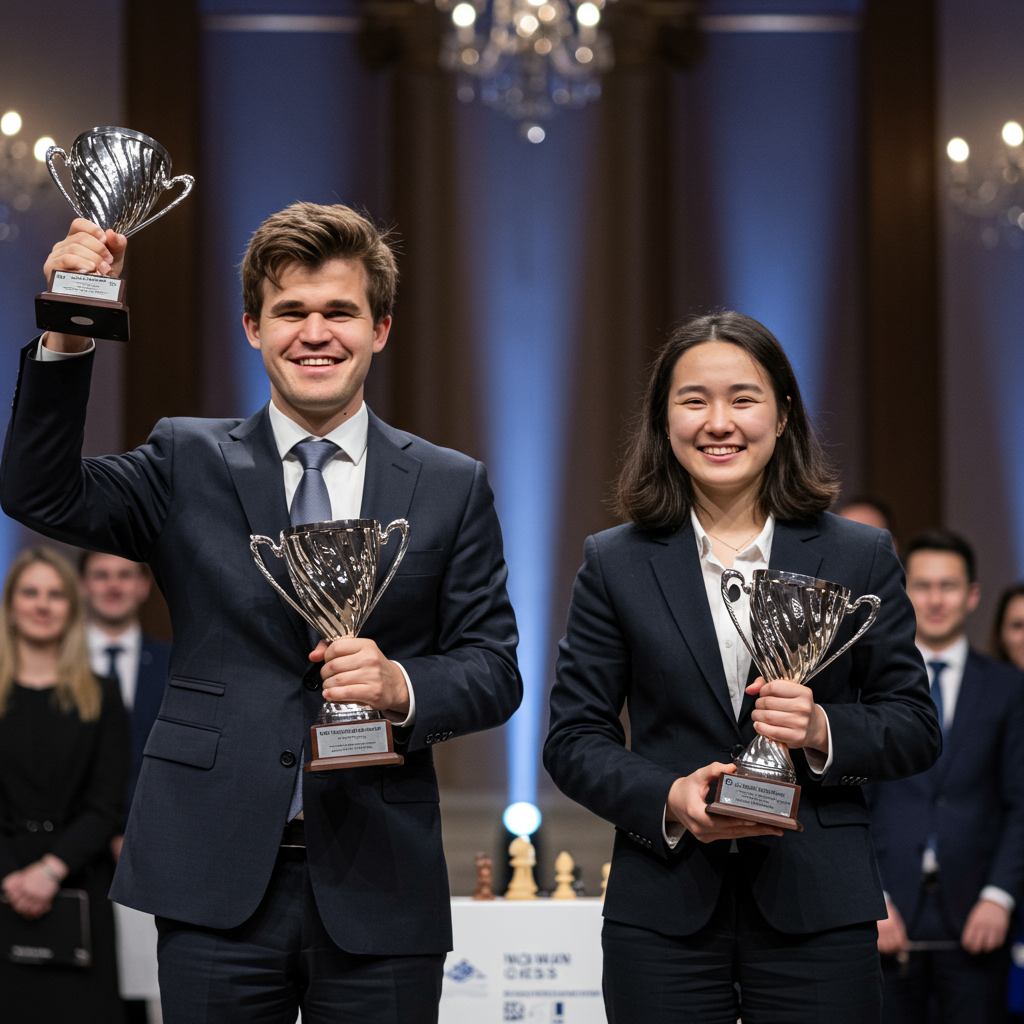NBA superstar Luka Dončić has redefined himself. Once plagued by questions about his conditioning, the five-time All-Star now showcases a dramatically leaner, more athletic physique. This profound transformation isn’t just cosmetic; it signals a new era for Dončić and the Los Angeles Lakers, promising peak performance and extended longevity on the court. His rigorous offseason program, meticulously designed by a dedicated team of experts, has set the stage for what many anticipate will be his most impactful season yet.
The Genesis of a New Luka
For years, Dončić’s unparalleled talent often coexisted with public scrutiny over his physical shape. Critics, sometimes unfairly, pointed to his “dadbod” image, particularly following a challenging period that included a midseason trade from the Dallas Mavericks to the Lakers. Rumors even surfaced about his lifestyle choices, creating a narrative that overshadowed his on-court brilliance. Despite his five All-NBA first-team selections and remarkable career triple-doubles (already seventh all-time), the perception of his conditioning persisted.
The catalyst for change arrived sharply after the Lakers’ early exit from the 2024 NBA playoffs. This defeat, marking the nadir of his most challenging season, fueled a fierce determination. Within a day of the playoff loss, Dončić reached out to his manager, signaling an immediate commitment to an intensive offseason regimen. He acknowledged this summer felt different, igniting an even stronger desire for self-improvement. The criticism, combined with a newfound hunger, propelled him toward a comprehensive overhaul, marking a pivotal moment in his career trajectory.
Unveiling the “Team Luka” Blueprint
The foundation of Dončić’s physical renaissance lies in “Team Luka,” a specialized wellness trio he assembled in 2023. This dedicated group—physiotherapist Javier Barrio, trainer Anže Maček, and nutritionist Lucia Almendros—provides the holistic support crucial for an elite athlete. Prior to this, Dončić, having entered the NBA at just 18, often struggled to maintain optimal physical condition during offseasons in Europe and amid the demanding NBA travel schedule. He openly admitted, “Honestly, I didn’t know what to expect those first four or five years. Then I said, ‘I need to do this.’” This realization marked a turning point, leading to a structured, professional approach to his body.
His transformation began with rigorous physical assessments in Madrid, including blood, urine, and stool samples, along with MRIs and ultrasounds. These comprehensive tests, including force plate analysis to measure energy transfer and balance, provided crucial data to tailor his summer training. This data-driven approach allowed Team Luka to identify specific areas for improvement, ensuring every workout was optimized for his unique physiology.
The Intense Offseason Regimen
Luka’s summer training has been nothing short of grueling. Picture this: early mornings in a quiet Croatian town, Dončić alone on a private basketball court. His 90-minute sessions blend weight training, agility work, and shooting drills. Many of these intense workouts are performed fasted, a practice he maintained for much of the summer. He’s seen driving to the basket with a thick resistance band pulling against him, building strength and stability.
The workout structure involves circuit training, combining on-court challenges like resistance band lay-ups with upper and lower-body exercises. The facility, initially lacking equipment, was transformed with the delivery of dumbbells, barbells, and med balls, allowing for diverse exercises from trap-bar deadlifts to landmine overhead presses. Outdoor sprints and jumps further enhance his athleticism. Dončić moves swiftly, showcasing newfound endurance, requiring “barely any breathers.” He attributes his improved visual appearance to these efforts, noting, “Just visually, I would say my whole body looks better.”
Dietary Discipline and Strategic Rest
Nutrition plays an equally critical role in Dončić’s transformation. He has adopted a strict gluten-free, low-sugar diet. His daily intake includes at least 250 grams of protein, often supplemented by an almond milk-fueled shake. Since June, he has followed an intermittent fasting plan, specifically designed to reduce inflammation and optimize his body’s recovery. This means two high-protein meals and a shake daily, with his first meal strategically consumed only after his morning workout. This disciplined approach ensures his body receives the right fuel for recovery and performance.
Beyond the intense workouts, Team Luka implemented a crucial and challenging strategy: a full month of no basketball. This seemingly counterintuitive move, initially resisted by Dončić, allowed his body to fully recover from years of constant pounding. Instead, he channeled his competitive energy into new activities like pickleball and padel. These sports provided a fun, competitive outlet, challenging new muscles (adductors, glutes, ankles) and relieving stress on his knees by reducing vertical jumps. This strategic rest and cross-training were vital for his overall recovery and rebuilding phase.
Redefining Athleticism: Power Beyond the Vertical Leap
While raw speed has never been Dončić’s superpower, his coaches emphasize his exceptional ability to change speeds and decelerate rapidly. This unique skill, crucial for his signature drives and pull-up jumpers, relies on “eccentric force”—the muscle’s ability to contract swiftly and control body deceleration. Physiotherapist Javier Barrio notes Dončić’s “incredibly strong legs” and “very low center of gravity,” making him incredibly difficult to move once he establishes his stance. This nuanced form of athleticism, though not as visually apparent as a highlight-reel dunk, is a stealthy yet fundamental key to his game. Dončić himself understands this, stating, “Not everything is jumping high. I think I’m very athletic in other stuff. Balancing, controlling my body, what I do when I stop, slowing down.”
It’s important to clarify a past misconception regarding his vertical leap. A widely circulated error incorrectly credited Dončić with a 42-inch vertical jump at the NBA Draft Combine. This was a factual error; Dončić never participated in the Combine, and the 42-inch jump actually belonged to Donte DiVincenzo. Dončić’s game has always been predicated on elite basketball IQ, exceptional court vision, and crafty shot creation, rather than explosive athleticism. While his improved conditioning is expected to enhance his overall athleticism, including a likely improved vertical, his fundamental strengths remain his unmatched skill and strategic brilliance.
The Long-Term Vision and Impact
The efforts of “Luka 2.0” extend beyond just this season. Dončić envisions a sustained period of dominance, inspired by the longevity and maniacal training regimens of legends like Michael Jordan and Kobe Bryant. He plans to continually evolve his offseason formula, with Team Luka potentially expanding to include a masseuse and a specialized shooting coach. This holistic approach signals a profound commitment to his career, aiming to counter any past criticisms about his conditioning.
For the Los Angeles Lakers, Dončić’s transformation carries immense implications. The team’s championship odds have notably improved since his arrival, shifting their perception from a post-LeBron era move to an immediate contender. However, some analysts remain cautiously optimistic. While the Lakers’ defensive rating dramatically improved after Dončić joined, this surge has been partly attributed to opponent three-point shooting variance rather than fundamental defensive upgrades. The return of key defensive players like Jarred Vanderbilt and the addition of Dorian Finney-Smith certainly bolster the team’s defensive solidity. Ultimately, a physically optimized Luka Dončić is expected to unlock even greater potential for himself and significantly elevate the Lakers’ championship aspirations, ushering in a new chapter defined by peak physical condition and sustained elite performance.
Frequently Asked Questions
What specific training methods did Luka Dončić use for his transformation?
Luka Dončić’s training involved a comprehensive regimen led by his “Team Luka” specialists. His 90-minute sessions in Croatia blended weight training, agility work, and shooting drills, often performed fasted. Workouts featured circuit training, combining on-court challenges with resistance bands, upper and lower-body exercises like trap-bar deadlifts and landmine overhead presses, and outdoor sprints and jumps. He also focused on eccentric force to improve rapid deceleration, and strategically incorporated non-basketball sports like pickleball and padel during a crucial month-long break from the court.
When did Luka Dončić begin his intensive offseason training program?
Luka Dončić initiated his intensive offseason training program immediately after the Los Angeles Lakers were ousted from the first round of the NBA playoffs in early May. The day after their loss, on May 1st, he communicated his strong desire to begin his new regimen to his manager. This early postseason exit granted him a full four months to dedicate to his physical transformation under the guidance of “Team Luka,” a trio of wellness specialists he assembled in 2023.
What impact is Luka Dončić’s physical transformation expected to have on his career and the Los Angeles Lakers?
Luka Dončić’s physical transformation is anticipated to have a significant positive impact on both his individual career and the Los Angeles Lakers. A leaner, more conditioned body is expected to enhance his endurance, agility, and overall on-court performance, potentially reducing injury risk and extending his prime. For the Lakers, Dončić’s improved physical state elevates the team’s championship aspirations, as his unparalleled skill combined with peak conditioning makes him an even more formidable player. This strategic overhaul positions him to be a dominant force for years to come, aligning with his goal of sustained elite performance.


